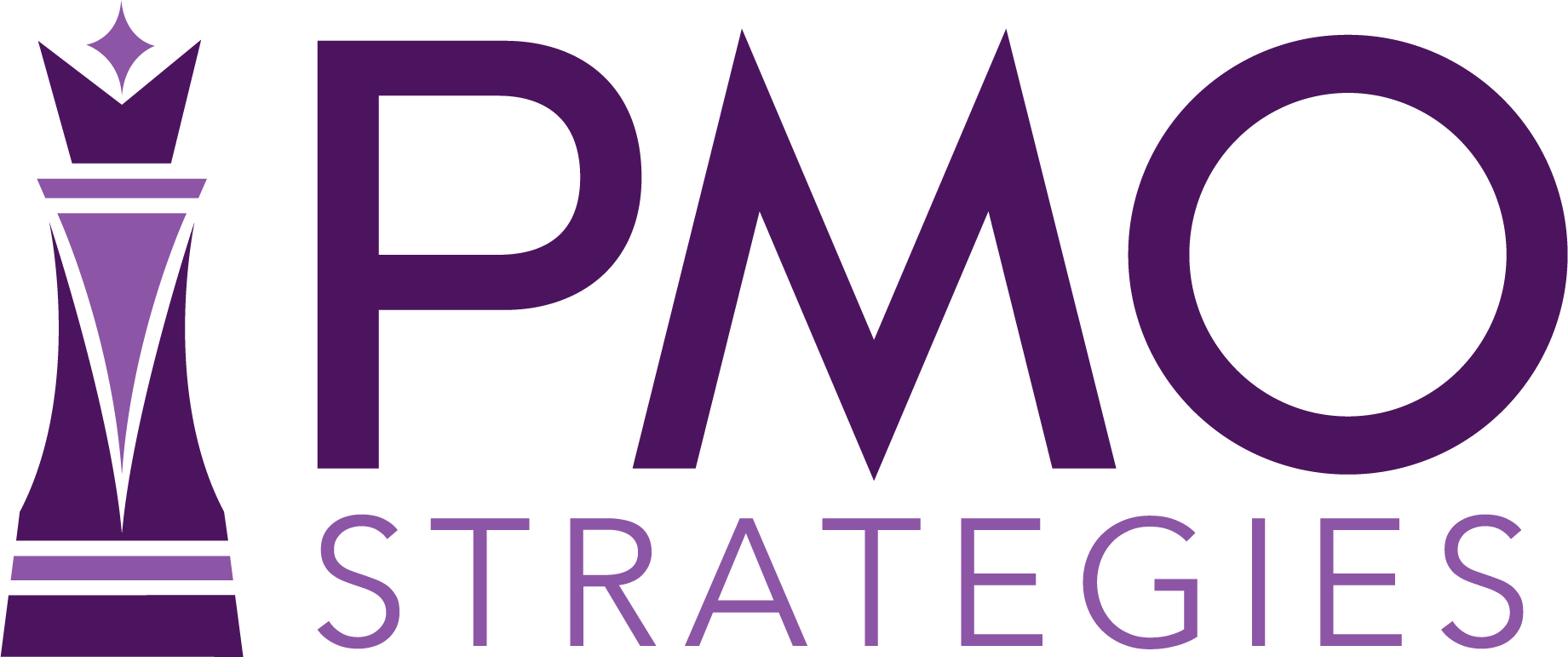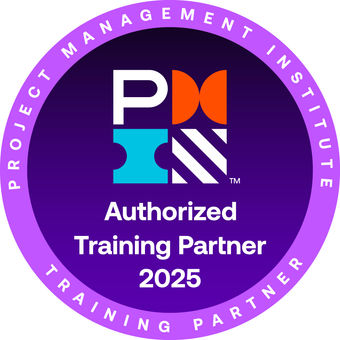When I was a keynote speaker at a University of Maryland Project Management symposium, and spoke about my proven process for creating high-impact PMOs, I took a moment to get to know the audience at the beginning and asked them about what they believed the purpose was for the PMO.
As I anticipated, many of the people that were brave enough to share only echoed my fear and concern for PMOs of the future. Many of them shared their thinking on the purpose of a PMO, saying that it was there to create standards, process, templates, tools, governance, oversight, etc.
OK, so, yes, but to what end?
Then, I asked them what they thought the stakeholders for the PMO thought about the PMO in their organization. Not at all surprising, was the outpouring of answers here: overhead, process heavy, “gotcha” organization, enforcer, box checkers, “not real work,” and on and on.
Wow. That stinks, doesn’t it?
It’s not at all surprising to see that when your focus is on process, tools and best practices, your stakeholders are going to think of you and your team as “not real work.”
Why is that?
Because without the outcomes to show that using those processes, tools and best practices will create gains for the organization that it would not achieve otherwise, you are just doing “busy work.”
Creating tools, templates and process is not the purpose of the PMO. What? Sure it is, you say. Nope. It’s not. Often when I ask why the PMO is there, the answer they give is quite frankly, wrong. Templates, tools, process, best practices, standards, etc. are a means to an end, not the end itself.
YOU ARE THERE TO DRIVE BUSINESS RESULTS FOR YOUR COMPANY IN A WAY THAT GETS YOU THE HIGHEST RETURN ON INVESTMENT.
Projects are investments. The company is investing money and in return, they want to achieve a particular result. They don’t just want to break even, they want a return on that money invested. They want to achieve the business outcomes the project was undertaken to create, and in a way that it isn’t costing them more than those benefits. Think about it…why would you do a project if it was going to cost you as much as the benefit that you could possibly achieve?
If you spend all of your time, energy and resources creating tools and templates, shouting out from the mountaintops that there is a best practice here for everyone to flock to, you will quickly become an organization that is thought of as “not real work.” Why is that? Because the rest of the organization is responsible for getting to some kind of outcomes that benefit the company. And, so are you.
To be clear, I’m not saying you shouldn’t have standard methods for getting the work done, but DO get the work done!
The PMOs of the future, and those that have been successful, are usually integrating into the mindset of the business by focusing first and foremost on the outcomes they are trying to achieve for the organization as a whole, and are not necessarily as obsessed with how many templates they have in their library.
Keep your eye on the ball of what work needs to get accomplished and how your team is going about accomplishing that work. Are they spending 50% of their time filling out templates people aren’t ever looking at again? Then you may want to reconsider the direction you are giving them. It’s OK, no, it’s mandatory to spend time on the right level of documentation. How else are you going to effectively communicate (and have for reference later) what is agreed to, how you are progressing, etc.? What I’m talking about it making sure that the efforts are high impact – that every bit of time spent on defining process, leveraging tools, and filling out templates can be directly linked to the work of the project and is required to move the ball further down the field.
Also, it’s prudent and crucial to your sustainability of a PMO to make sure you are showing that value you are creating in some sort of metrics. While there are countless metrics out there (stay tuned to an upcoming article to read more about which metrics are good to start with in your PMO), I suggest keeping it very simple. How long did projects take before the PMO started providing support and how long do they take now? How have we increased project team member productivity? How have we helped increase project throughput across the portfolio? How much money have we saved the organization by making timely decisions or turning around issues more quickly or managing risks more effectively? You get the idea.
Notice what’s missing from that list of examples…I didn’t say how many tools we have created, the number of templates in our library, or the list of procedures we must follow to get a project started or request PMO support. No one wants to hear about those numbers unless you are streamlining, reducing, or optimizing any of those items above so people can get to the business of getting the work done.
If you would like more information on this topic, I have three opportunities for you to learn more:
You can download a FREE PMO Proposal template to help you make the case (or restate the case) for your PMO.
And you definitely need to check out my IMPACT Engine™ online training courses and coaching programs! These programs cover start to finish all the necessary ingredients, tools, templates, and resources, as well as lifetime access to all of the training materials and training videos on how to build and run an IMPACT Engine™ PMO.
For more on how to do the build out of the PMO, check out our Building Blocks of an Effective and Sustainable PMO article series.
Thanks for taking the time to read this article.
Click here to receive these blog posts right to your inbox.
Fill out our one-minute survey if you have topics you would like read more about.
I welcome your feedback and insights. Please leave a comment below.
See you online!
Warmly,










[…] Recently, I was a keynote speaker at the University of Maryland Project Management symposium, and spoke about my proven process for creating high-impact PMOs. I took a moment to get to know … […]
[…] For more on this topic, check out Why do PMOs exist? […]
[…] For more thoughts on why the PMO exists in the first place, check out this post: Why do PMOs exist? […]
[…] For more on this topic, check out Why do PMOs exist? […]
[…] Previous Next […]